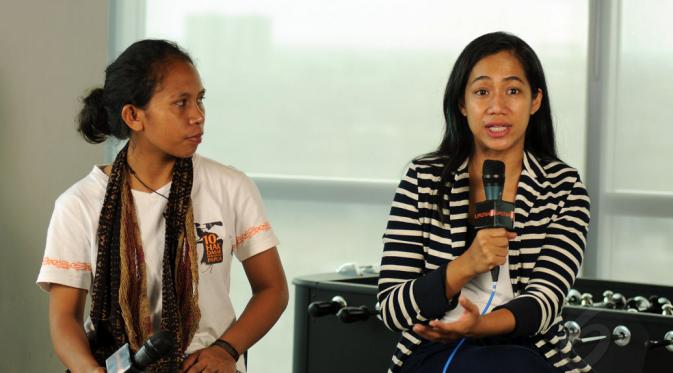Today, video has quite possibly become the strongest conveyor of stories. Considering the power of storytelling, its potential to leave you hanging by the edge of your seat, change minds and force audiences to see things differently, it is no wonder video is so popular within human rights work. Nonetheless many organizations have a rather simplistic view, or approach, on using of video.

By Egbert Wits, Project Manager of the ‘Video for Change Impact Cookbook’
Today, video has quite possibly become the strongest conveyor of stories. Considering the power of storytelling, its potential to leave you hanging by the edge of your seat, change minds and force audiences to see things differently, it is no wonder video is so popular within human rights work. Nonetheless many organizations have a rather simplistic view, or approach, on using of video. It’s often something like: go to a site of injustice and record the activities and people there. Let people tell their stories, illustrating the injustice taking place. Take the recorded footage home, edit it and post the results online. The video(s) then become part of an already existing, or perhaps newly created advocacy campaign hoping to influence both public and policy makers. Sound familiar? Parts of it perhaps?
Through a real-life story I would like to illustrate a different way in which video and the power of storytelling can be used. In 2011 Asrida Elisabeth, a young Indonesian woman originally from Flores, an island in the eastern parts of Indonesia, joined an activist pastor in Papua, a huge island at the most eastern end of Indonesia. For decades the Papuan people live in oppression. As a primitive society living on a land incredibly rich in natural resources they have become an easy target for big mining companies, whom facilitated by the Indonesian government simply take, take and take. Everyone profits from Papua except for Papuans, as a Guardian journalist put it.